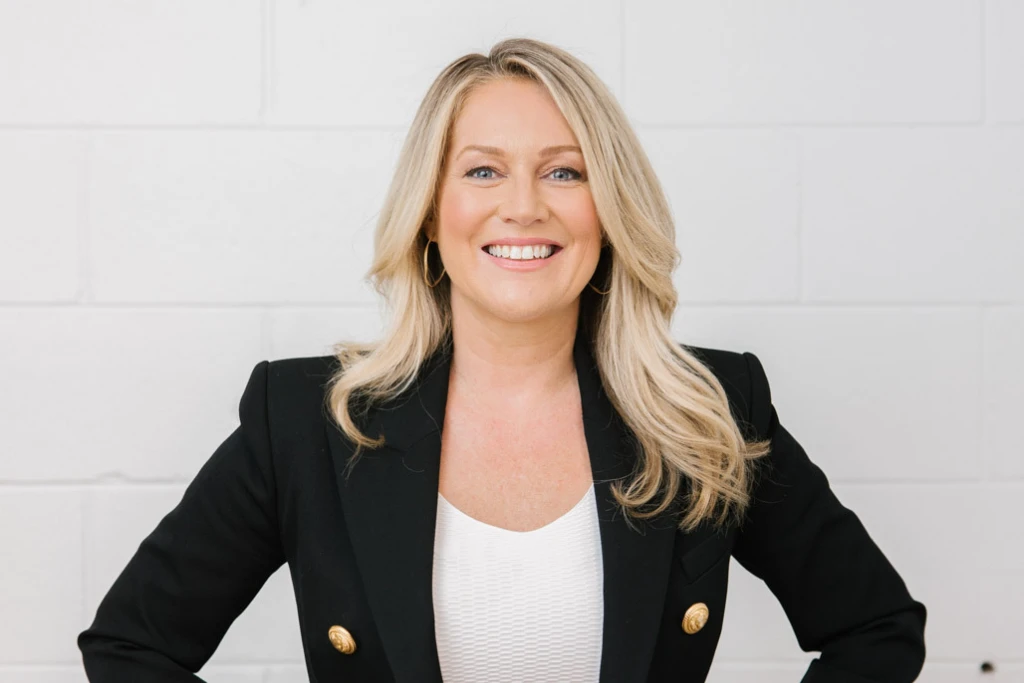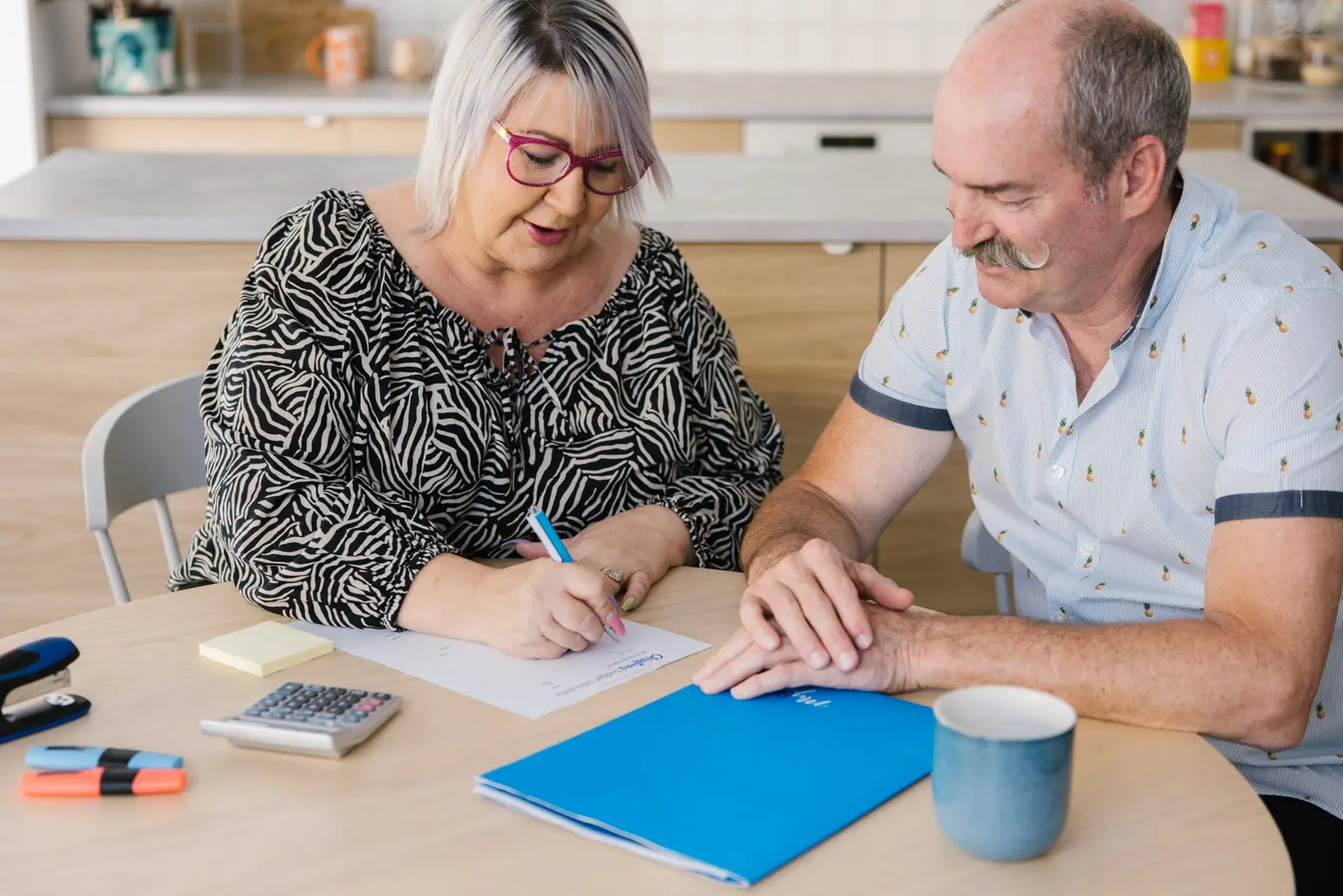How to get out of credit card debt in Australia
Learn how to get out of credit card debt in Australia with proven strategies to pay off credit card balances, consolidate credit card debt, and stay debt free.
How much credit card debt are Australians in?
According to Finder, the average credit card balance in Australia is $3,443, which makes credit cards one of the most expensive forms of borrowing. With interest rates hovering around 20%, even small balances can balloon quickly if you only make minimum monthly payments. Add in annual fees, interest charges, and balance transfer fees, and the true cost of debt becomes clear. So, how do you pay off credit card debt and stay debt-free? Let’s walk through practical steps, real client success stories, and expert debt management tips from MyBudget.
Did you know? Most of MyBudget’s clients pay off 90% of their unsecured debt in just over three years.
Why is credit card debt so hard to pay off?
When you only make the minimum payment on your credit card, most of your money goes towards interest costs instead of reducing the balance. That’s why paying off credit card debt can feel like running on a treadmill, exhausting, with little progress. Add in cost-of-living pressures, multiple credit card providers, and different repayment schedules, and it’s no surprise many Aussies are struggling with their financial situation.
But the cycle can be broken. With a clear debt management plan and the right support, you can pay off credit card debt faster and start building savings instead.
6 steps to pay off credit card debt
Here’s a simple overview of the 6 steps to pay off credit card debt. For a more detailed roadmap, download our free ebook: 6 steps to eliminate credit card debt. Inside you’ll find templates, strategies, and expert tips to keep you on track and motivated.
Step 1: List every debt you have
Write down all your credit cards, store cards, buy now pay later accounts, and personal loans. Include the outstanding balance, the interest rate ranges, the due date, and any overdue utility bills. Seeing the full picture is the first step towards taking control of your financial situation.
Step 2: How to negotiate with creditors
If you’re falling behind, don’t avoid the calls, pick up the phone. According to AFSA, under Australian law, lenders must consider hardship requests. Here’s what you can ask for:
- Lower interest rate: “Hi, I’m struggling with my credit card debt. Could you please reduce my interest rate to help me manage repayments?”
- Payment plan: “I’m in financial hardship. Can we set up a more affordable payment arrangement?”
- Waived fees: “I missed a payment due to financial stress. Could you please waive the late fee while I get my finances back on track?”
These conversations might feel tough, but small wins can save you hundreds (sometimes thousands) over time.
Step 3: Choose your debt repayment strategy
Just like there are many ways to get into debt, there are also proven strategies to get out. Choosing the right debt repayment method can save you money and keep you motivated:
- Debt avalanche: pay off the highest-interest card first while keeping up with minimums on the rest. Saves the most money overall.
- Debt snowball: clear the smallest balance first for quick wins and motivation, then roll repayments onto the next debt.
- Emotional payoff: tackle the debt that causes you the most stress or guilt. Not always the most efficient, but it can give you immediate relief.
Whichever approach you choose, consistency is key. Automatic payments can help you stick to your repayment schedules, reduce missed payments, and steadily improve your credit score and credit report.
Step 4: Simplify your debts
Juggling multiple credit cards, loans and other debts can be confusing and stressful. That’s why one of your aims should be to simplify your finances. You can use our Personal Loan Calculator to see the longer-term effects of juggling multiple interest rates and repayment timelines across different cards and loans. There are different ways to do this, depending on your situation and goals. At MyBudget, we offer:
- Informal debt arrangements: Our money experts can speak with your bank to negotiate easier terms.
- Formal debt agreements: we can administer a Part IX Debt Agreement that combines multiple debts into one legal repayment plan.
- Pay your way out of debt: with the right budget, many people can pay down debts without needing loan consolidation or insolvency.
- Debt consolidation: combine multiple debts into a single debt consolidation loan to simplify payments and potentially save on interest costs. Is debt consolidation right for you?
- Bad credit repair: improve your credit rating with an affordable debt management plan, paid off step by step.
- Bankruptcy support: if it’s the last option, our expert debt team can guide you through the application process and help you explore all debt options first.
The majority of MyBudget clients pay off 90% of their unsecured loans in just over three years.
Step 5: Create a budget that works
A realistic budget is your roadmap to paying off credit card debt. It shows where your money goes each month and what you can redirect towards debt repayments. MyBudget’s free Personal Budget Template can help, or you can book a session with our team to have one designed for you. Using budgeting tools and a budget planner can help you identify money saving tips and improve your debt-to-income ratio.
Step 6: Get help to pay off your credit card debt fast
Paying off credit card debt can feel overwhelming, but you don’t have to do it alone. Expert support can make the process faster and less stressful. MyBudget’s team works with credit card providers on your behalf, creates a debt management plan that fits your life, and helps you build long-term financial stability. We also offer guidance around credit counselling, credit repair, and financial wellbeing resources.

Client success story: how Aaron and Jake paid off $30,000
Aaron and Jake were juggling six credit cards, mounting interest charges, and constant calls from creditors. After years of making minimum monthly payments, their debt kept growing. They were stressed, exhausted, and close to bankruptcy.
That’s when they joined MyBudget. Together, we built a realistic budget, negotiated with their creditors, and created a repayment plan using the snowball method.
In just two years, Aaron and Jake paid off $30,000 in credit card debt and closed half of their accounts. Today, they’re saving for a home loan deposit and planning holidays without relying on credit cards.
For the first time, we’re planning holidays without even thinking about using a credit card. We now see the value in saving.
Jake , MyBudget Client
Their story shows that paying off credit card debt is possible, with the right plan and support.

Tammy Barton’s expert tips to get out of credit card debt
- Budget your way out: if you can’t clear your balance each month, it’s a red flag. Build a budget that prioritises repayments
- Use balance transfers wisely: balance transfer credit cards and 0% balance transfers can be a short-term solution, but only if you commit to clearing the balance before the intro period ends. Always check for an annual fee, balance transfer fee, and comparison rate
- Automate payments: set up autopay or automatic payments so repayments happen on time and you’re not tempted to skip them.
Wants vs needs: a new money mindset
Often, the hardest part of paying off credit card debt isn’t the maths, it’s the habits. Distinguishing between wants and needs, and making mindful spending choices, can prevent you from sliding back into debt. Check out Tammy Barton’s blog on why a positive money mindset can be your greatest financial asset, and the secret weapon to getting out of credit card debt for good.
Ready to get out of the credit card debt cycle? MyBudget can help!
Paying off credit card debt can feel overwhelming, but MyBudget can help you negotiate with creditors, consolidate credit card debt, create a debt management plan that reduces your overall balance, and set up a money saving plan for your future. Whether you’re dealing with unsecured loans, buy now pay later balances, or need mortgage refinancing options, we can help you explore the best debt relief solutions for your financial situation.
We’ve already helped over 130,000 Australians pay off debt and live life free from money worries, and we can help you too.
Book an appointment with one of our money experts now, or call us directly on 1300 300 922. Imagine where you could be, 12-months from now.



